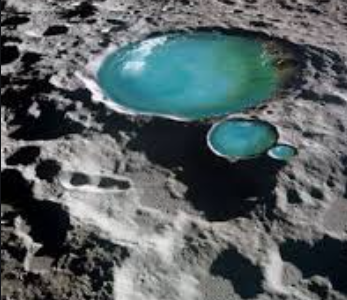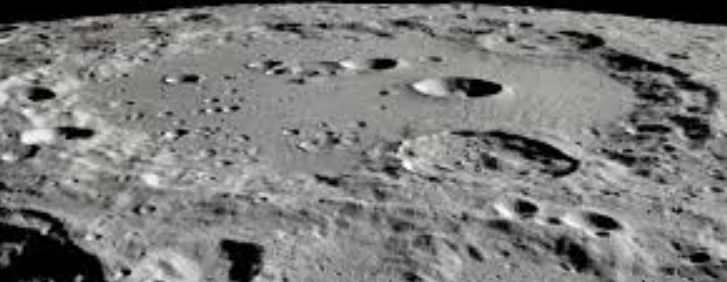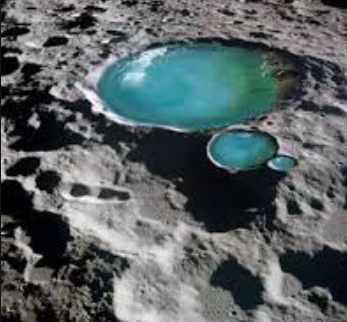
Water found on Moon


NASA confirmed it found traces of water on a sunlit surface of the Moon for the first time.
The discovery made using the Stratospheric Observatory for Infrared Astronomy (SOFIA), a joint project of NASA and the German Aerospace Centre.
Jim Bridenstine, NASA administrator tweeted “ We confirmed water on the sunlit surface of the Moon for the first time using @SOFIAtelescope”. According to the results published in the journal of Nature Astronomy the water may be delivered by tiny meteorite impact or formed by the interaction of energetic particles ejected from the Sun. The finding further the case that water is not limited to Moon’s cold shadowed regions and may be distributed across the lunar surface.
Bridenstine said, “We don’t know yet if we can use it as a resource but learning about water on the Moon is key of our #Artemis exploration plans”.
SOFIA detected water molecules (H2O) in Clavius Crater, one of the largest craters visible from Earth, located in the Moon’s southern hemisphere.
Previous observations of the Moon’s surface also detected some of the hydrogens but were unable to distinguish between water and its close chemical relative Hydroxyl (OH).
This location reveals water in concentrations of 100 to 412 parts per million roughly equivalent to a 12-ounce bottle of water trapped in a cubic meter of soil spread across the lunar surface.
NASA is focusing to return humans to Moon in preparation for its next giant leap – the human exploration of Mars as early as the 2030s.
SOFIA is a modified Boeing 747SP aircraft that flies high in the atmosphere as the world’s largest airborne observatory, to provide it nearly nine-foot telescope with a clear view of the universe and objects in our solar system.
